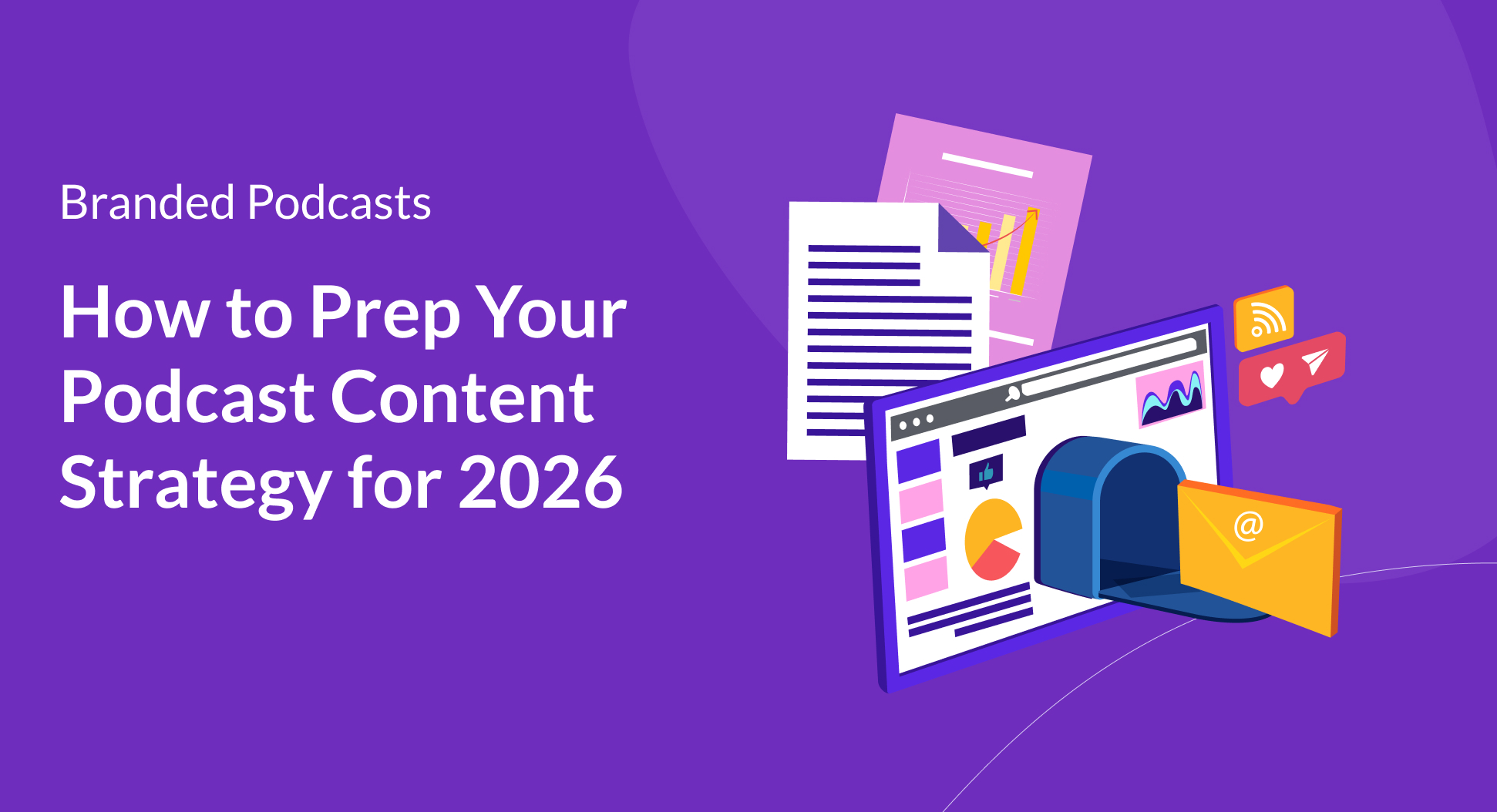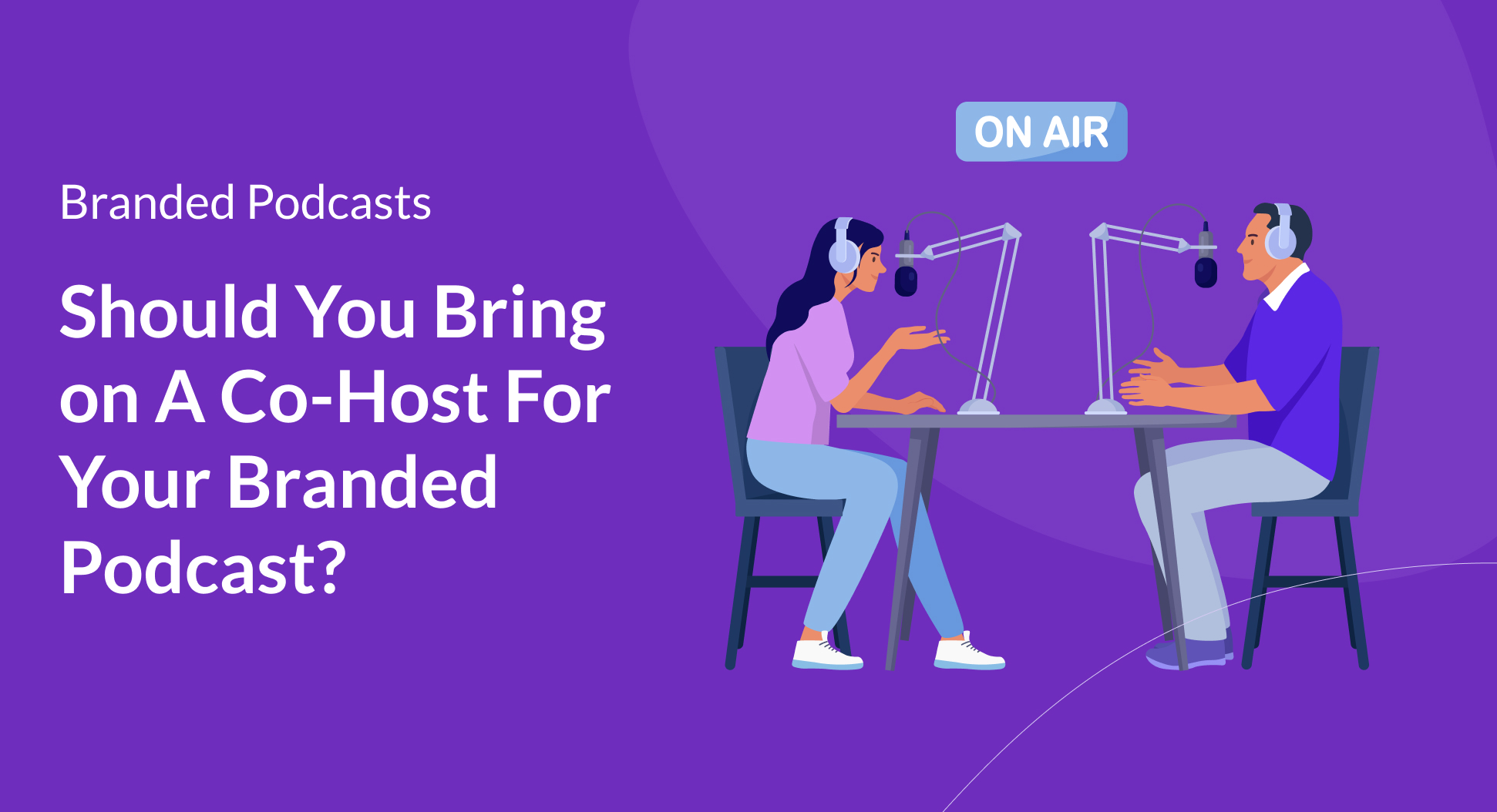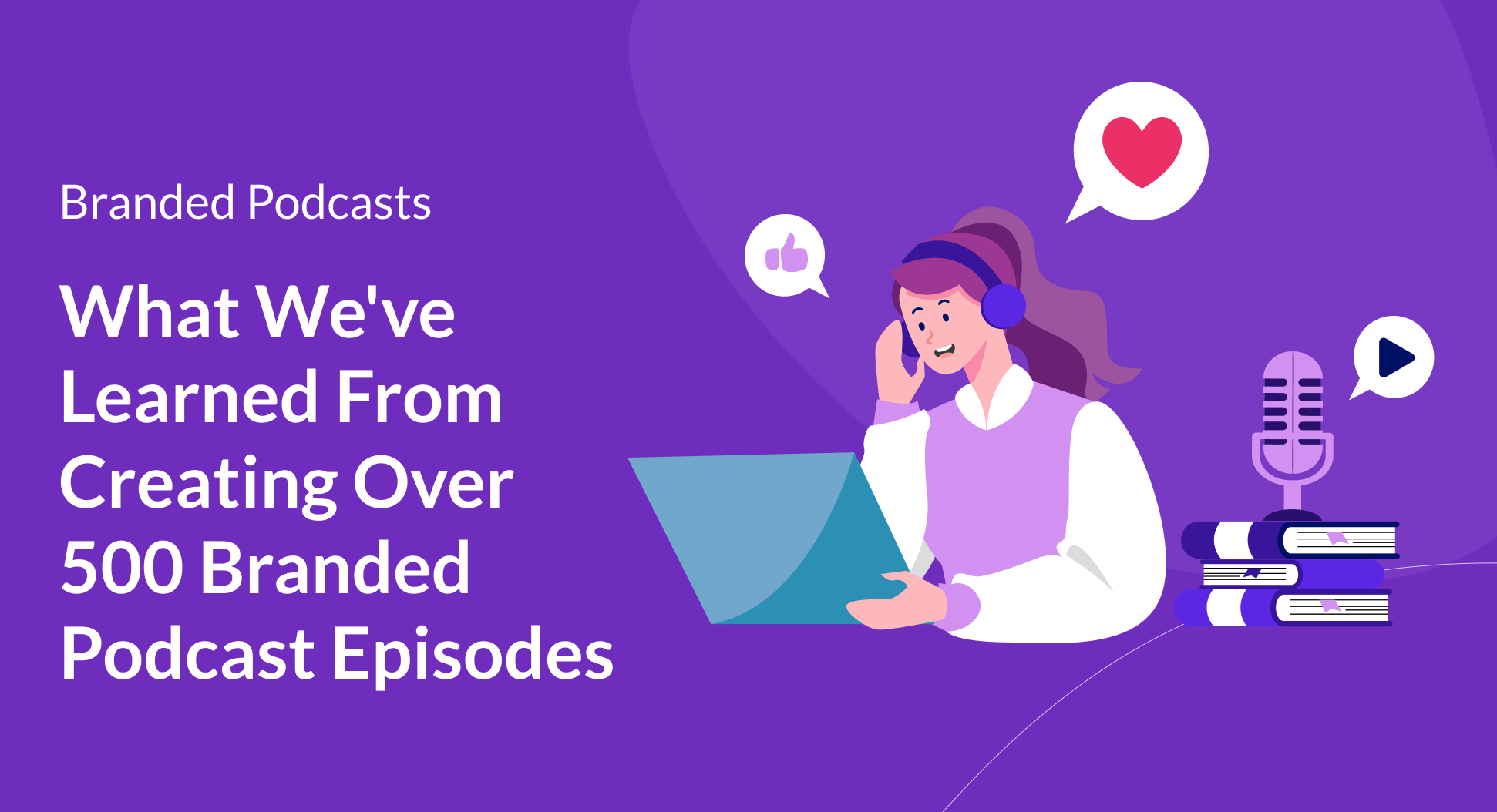Contents
So normally you’ll see us preaching about podcasts for your content marketing strategy (and yes, they are an incredible tool) but today we’re going to focus on one of the most popular marketing mediums of the past decade: video. It’s predicted that by 2022, online videos will make up more than 82% of all consumer internet traffic, which is 15 times higher than it was in 2017.
Although there’s a million articles out there about the benefits of video, we wanted to go through some key ways you can actually use it in your marketing and customer retention plans. So let’s get started.
Why You Need Video
Let’s start with the basics. Why do you even need to use video? To put it simply, video is more effective than other types of content such as blogs or just static images. In fact, 54% of consumers want to see more video content from brands or businesses that they support.
1. More Conversions
At the end of the day, videos are a much higher converting medium. When you are creating and launching any marketing campaign, your end game is most likely going to be conversions (you might want them to grow for your business to survive). Tubular Insights found that 64% of consumers will make a purchase after watching branded videos on social platforms.
Using video will help you get whatever that conversion may be, signing up for your service, buying your product, etc. Video lets you clearly communicate the message that you need your audiences to hear in order to convert.
2. Increased Engagement
Today, people want to consume content that is engaging, provides value, and is appealing to see. Photos have the ability to do this but videos can achieve it at a much greater capacity. To put it into perspective, social video generates 1200% more shares than text and image content combined.
As video-based platforms continue to grow (such as YouTube which is the second most popular website after Google) your brand’s chance of reaching and engaging new audiences is only increasing.
3. Greater Accessibility
There are so many different types of video content that your brand can create (we’ll be going into some examples later on in this article), this means that video is just becoming more accessible every day.
Yes, you still want to produce high quality content, but there are types of video content that are a little easier to create (live streams and vlogs for example).
4. Better SEO Results
SEO, a.k.a search engine optimization, is basically how your website or website content ranks on Google or other search engines. Obviously, the goal is to have great SEO because that means more people will find you when they search for terms that relate to your brand.
Videos help to nurture leads and add 300% more traffic on your website. Overall, Google and other search engines favour video and will take that into consideration when ranking pages when they are comparing it to traditional forms of content such as just plain text or photos. To be exact, a website is 53 times more likely to reach the front page of Google if it includes video.
Types of Videos to Create
Now comes the question, what video content should you be making? Well, there are so many different videos that you can create for your organization. Here are a few great examples that can help you land more clients and keep your current customers.
1. Explainers
Explainer videos are a type of video that you will find most brands have. They basically walk audiences through the brands service/product - explaining how to either use the product/service or what it does. They tend to follow an animated, fictional journey and are only a few minutes or less.
Explainers are incredibly important for your brand and a pivotal piece of content. 72% of customers would rather learn about a product or service via video and 97% of marketers say video has helped users gain a better understanding of their products and services.
2. Tutorials (How-Tos)
There are a number of ways you can approach tutorial videos. Maybe you are showing audiences how to use your product or service (in a different way than your explainer video), maybe it’s a mini-series where each video is a different step in a process, maybe it’s user generated content (which we will touch on later) and some of your audiences are showing others how to use your product or service.
The difference between tutorial videos and explainer videos is that tutorial videos are laser-focused on teaching audiences how to use a particular element of your product or service. These are great for conversions since they also instill a certain level of credibility and trust with your audiences.
3. Vlogs
We have mentioned numerous times that videos are stronger pieces of content than blogs so why not make a video blog? Vlogs are a quicker, rougher style of video where you do not need an incredible amount of planning or even a script. Most brands that publish vlogs show quick “day in the life” type of content or even cover FAQs.
A perfect example of vlogging (and vlogging well) is of course, the one and only Gary Vee. You will constantly find him posting quick vlogs of him interacting with fans or what he’s doing during his day published on his social channels.
4. Webinars
Webinars are great ways to establish credibility and showcase your knowledge on a certain topic that relates to your business. Create a webinar with either just you or you and a guest (it can be someone outside of your organization or someone within it) and have a discussion that dives deep into a topic that relates to your business.
Many people host webinars live. However, to create long lasting content for your brand, simply hit record while the webinar is happening and share it on your channels after.
Types of Webinars:
- Panel discussion
- FAQ session
- Product reviews
- Interview
- Keynote
5. Brand/Company Culture Video
Brand and company culture videos are not just good for potential customers but also great for attracting new employees. These types of videos should showcase who the brand is, what you stand for, your mission, values, etc. This type of content can be so powerful when creating connections between you and your customers because it gives the brand a personality and puts a face to it.
This type of content can be short, quick insights into the brand and who you are or it can be a longer form piece of content. Patagonia does this incredibly well, showing audiences who the brand is and the adventurous personality that it has.
6. Customer Testimonials/Case Studies
It’s one thing to have you preach for your own brand but it’s a whole other level of effectiveness when someone else is doing it (especially a happy customer). Having someone else describe their experience working with you or using your product will instantly establish a certain level of trust with potential customers. It also gives audiences the opportunity to relate to whoever is featured in the video and the problem that they were having before your solution fixed it.
Just ensure that you approach this type of content in an authentic way since many audiences will be able to tell if it’s staged.
7. Event Videos
Event videos are a great way to get multiple pieces of content from your event. They have the ability to retain attendees for your next event and also attract new attendees for future ones. Whether your event is small or large, record the speakers/sessions and cut it into a video to share on your channels. Attendees can re-watch anything that they missed or potential attendees can see the type of content that they would be getting.
You can also use videos as a more promotional tool where you create almost a trailer for your event series. Showing the venue, the speakers, and possibly some teasers of the type of content that will be shared.
8. Live Streams
I’m sure we have all been getting a million notifications of people going live on Instagram during social isolation and we don’t blame them! Live videos are a great way to engage with your audience in real time. Many platforms offer the option to go live such as Instagram, Facebook, and YouTube.
There are a variety of ways to use live streams such as showcasing a certain part of your day, hosting an interview or discussion around a topic that relates to your brand, streaming your event, etc. You can also record your live streams and post them on your channels afterwards as well so audiences can access the content at any point.
9. Interviews
You can combine interviews with other types of video content that we discussed such as webinars or live streams or you could create a separate interview series. Interview videos are amazing for establishing credibility, growing your audience, and lead generation.
For your interview series, invite potential leads to be guests. This gives you a perfect opportunity to chat directly with a potential customer and build a better relationship while getting your foot in the door.
10. User Generated Content
We absolutely love user generated content - why? Because you don’t need to make it. And it also acts as another type of testimonial video, showing potential audiences the brand loyalty your current customers have.
It also gives you the opportunity to engage and interact with your current customers and build a stronger relationship with them. To give you some numbers, 60% of people say that user generated content is the most authentic.
Your Content Marketing Needs Video
To wrap it up we’re basically just telling you that your brand needs video. If there’s anything you should be taking away from this article, it’s that the growth of video is not stopping and it’s going to continue to become more important for your brand to create more of them.
We hope you found different video ideas that you will be implementing into your content marketing strategy for the year. If you’re interested in learning more about the types of video we mentioned, or want to discuss a new idea, let us know! We’d love to chat.


.avif)

.jpg)




.png)

.png)




.png)
.png)
.png)
.png)